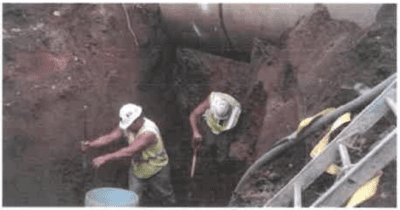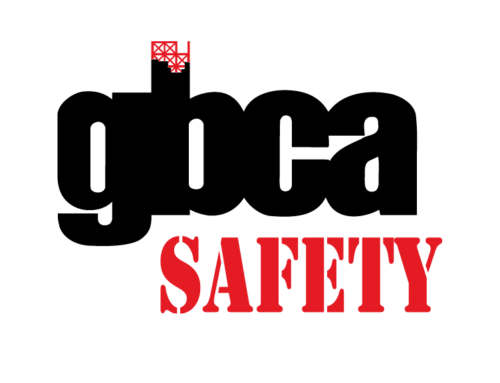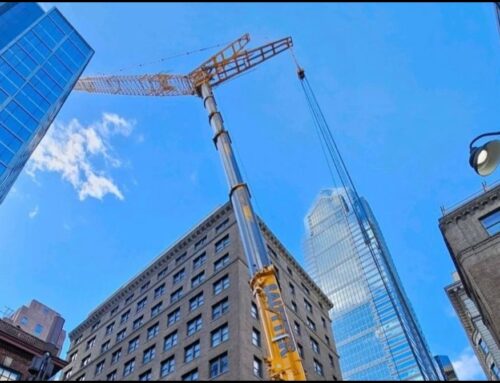This year, GBCA is participating in OSHA’s Focus Four Campaign, providing resources to avoid incidents involving OSHA’s Focus Four hazards. This month, we’re featuring resources on Caught-in/Between hazards and this week’s toolbox talk is about preventing excavation/trench cave-ins. Scroll down to read it. Click below to download it as a printable Toolbox Talk.
Preventing Excavation/Trench Cave-Ins
Ask the following questions and give time for answers:
- What are the hazards?
- Bodily or equipment entrapment in soil.
- What are the results?
- Broken or crushed limbs and bones, entrapment, suffocation, head injury, internal damage, and death.
- What should we look for?
- Stable rock and soil type (A, B, C), depth of excavation, cave-ins, water in trench, weather conditions (rain, frost), water table, protective systems, competent person, operation of heavy equipment near excavation, barricades, and falling loads.
How do we prevent these results?
- A competent person must evaluate excavations daily. Excavations should be re-evaluated after events such as rain.
- Use shoring equipment, shielding, and/or sloping or benching systems for excavations greater than 5 feet in depth or less when deemed necessary by the competent person.
- Examine protective systems in accordance with manufacturer’s recommendations and remove damaged systems from service.
- Understand soil types: “A” – most stable (clay, hardpan), “B” – next most stable (silt, loam, unstable dry-rock), “C” – least stable (gravel, loamy sand).
Let’s talk about this site now.
- How can you prevent cave-ins?
- Shoring, shielding, sloping, and/or benching
- At what depth is cave-in protection required?
- 5 feet or less depending on the assessment by a competent person.
- Name some conditions that can increase cave-ins.
- Rain, heavy equipment, vibration, spoil piles, etc.
The Unfortunate Reality
From 2011 to 2021 there were at least 220 trenching fatalities across the United States. These fatality incidents were preventable with the use of a protective system, proper employee training, and implementation of a safety and health management system.






